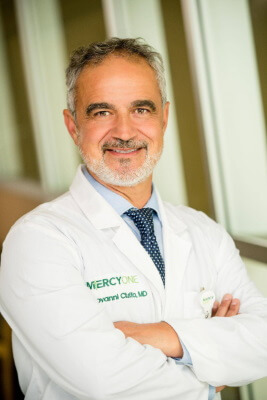LIMA LAD is a life-saving procedure for your heart. What LIMA LAD does is open your heart’s blood flow by involving two different arterys. These are the left internal mammary artery and the left anterior descending artery, or LIMA LAD for short. This minimally invasive procedure results in a tiny scar that hides under the fold in your breast.
What Do The LIMA LAD Organs Do?
Your LAD is meant for being able to carry your blood around the heart. It does this by traveling between your right ventricle at the front of your heart and the left as well. When blocked, blood can’t make its way to its appropriate destination. When this happens, it means your heart struggles as well.
The LIMA, on the other hand, is on the heart’s left side. When blockages settle in the vessels around your heart due to heart disease, it puts a strain on your heart. That, in turn, will keep your heart from pumping the way that it should. When you can receive a heart surgery that is both bloodless and invasive on a minimal level, it will create a new route for your blood to flow. A catheter will be placed into the area of the blockage, and it has a balloon tip. The balloon is inflated to stretch the vessel gently. When it does this, it will release the blockage.

Holding open human heart model at body.
What Benefit Do We Receive from a Minimally Invasive Surgery?
When you have minimally invasive surgery, particularly a bloodless one, the procedure is low impact and one of the best options. With these new techniques being adopted, the care of the patient is better as well. These surgery techniques are gaining more and more popularity and can offer these benefits to you:
- Medical staff will carefully prepare you for the surgery
- You receive meticulous and exact techniques
- When you follow-up afterward, it will be a thorough postoperative check
- You should be able to avoid side effects and issues that can happen with a blood transfusion
- The goal is to have extra corporeal circulation
- Blood not wasted
- You keep your immune system strong
- Avoiding blood-borne viruses
- Avoiding inflammatory responses
What Happens After?
Once surgery is finished, you may fear that you will feel pain. With these new procedures, things have changed exponentially. The recovery is quicker and more comfortable. The first day after, most patients don’t feel pain at all and are comfortable in their beds. They may feel a little less hungry and have constipation, but this is more because of the anesthesia. Patients can be mildly sore where the procedure was performed, but it can be managed easily. Most find that they can walk a bit with help. Deep breathing exercises helps to clear up lungs.
After a few days, patients get their appetite back as well. Walking becomes more natural, and one may be able to walk down the entire corridor. After going to the rehabilitation center, activity may increase as recommended. At the end of two weeks, most patients have resumed their daily routine.
A bloodless surgery could be the best option when you require an operation on your LIMA LAD. Minimally invasive heart surgery has many benefits, and having the proper heart surgeon results in a smooth recovery. When making this crucial decision, knowing that you avoid dangerous side effects will put your heart at ease. To find out more, contact us to schedule a consultation. Dr. Ciuffo and his team of experienced professionals are some of the best in the industry to talk with.

